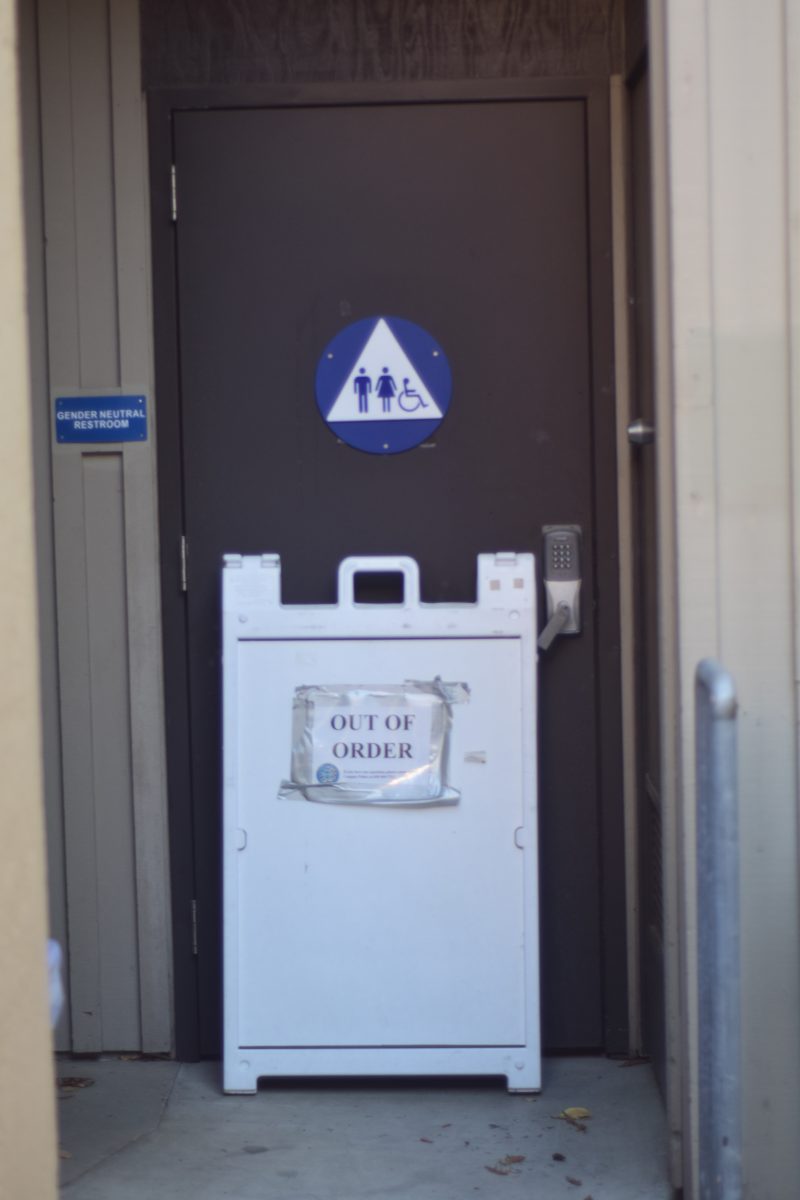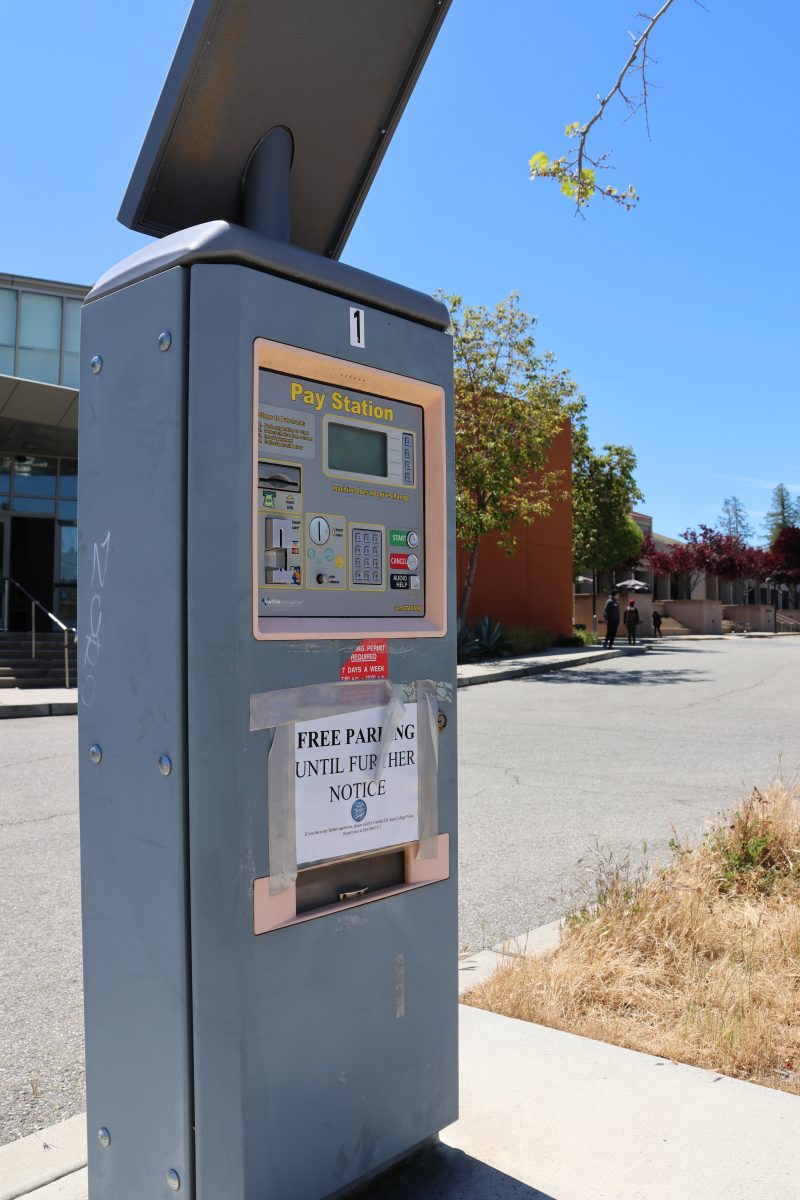Welcome to the Silicon Valley, home of technology, creativity and innovation — except when it comes to public transportation. No efficient public transportation system is currently in place, so commuters must depend on their vehicles to travel within the area.
When this region was being developed over half a century ago, city planners shortsightedly omitted space for a uniform public transportation system that would connect the greater Bay Area and its many cities. Freeways were engineered to support a population level that has long since been surpassed. Traffic congestion has become an inevitable symptom of their overburdened design.
Bus Rapid Transit, a bold plan to redesign high-traffic corridors to support a more efficient local bus system, can break the mold, and the chains binding commuters to their cars.
Currently, commuters can utilize services from Valley Transportation Authority bus systems, light rail, BART and CalTrain, but these agencies exist as piecemeal attempts to provide an efficient, uniform public transportation system that the Bay Area so desperately needs.
“It takes me an hour and a half to get from south San Jose to De Anza,” said Alexander Knutson, a student at De Anza College. “When you’re in a car it takes about 20 minutes. It’s discouraging, I spend more time on the bus than in class every day.”
Santa Clara County can be the first in the area to take a step in the right direction by implementing BRT. High-traffic corridors slated for redesign include Stevens Creek Boulevard, El Camino Real, Santa Clara Street and several others.
“BRT is like light rail without the tracks,” said Chris Lepe, community planner for TransForm, a non-profit organization whose goal is to improve transportation across the state. “It’s designed to be a high quality transportation service like light rail but at a fraction of the cost. Constructing 10 miles of light rail equals 70 to 100 miles of BRT.”
BRT will include dedicated center bus lanes and signal priority – as a bus approaches an intersection, the light will remain green longer to allow the bus to pass and maintain schedule.
“In the future, population is going to increase significantly, and so will the amount of traffic,”said Lepe. “With dedicated lanes and signal priority, travel times will remain the same.”
Other features of BRT will include larger, more sheltered bus stations with electronic screens showing arrivals in real time, raised platforms for level boarding, and modern electric-hybrid buses with full WiFi capabilities.
Unlike California’s controversial high-speed rail plan, BRT will be financed in full through money that has already been approved by voters and collected by the state.
The project is estimated to cost $128 million, with 30 percent of funding to be secured through Measure A, a local sales tax-hike approved by voters in 2000. The remaining funds are to be secured through proposition 1B, a statewide transportation bond measure passed in 2006.
The need for an efficient local public transportation system is paramount if California decides to fully invest in high-speed rail. If such a system were installed to connect commuters between the Bay Area and Los Angeles, its many benefits would be stunted if not matched with a local system of equal efficiency.
In order for the Bay Area to handle population growth and to maintain a competitive edge in the 21st century, a reliable and efficient public transportation system must be developed. Tomorrow’s commuters cannot be expected to travel via car on inadequate and overburdened freeways.
Call, email or write your local representatives and tell them to support BRT. The Bay Area’s future growth depends on it.








